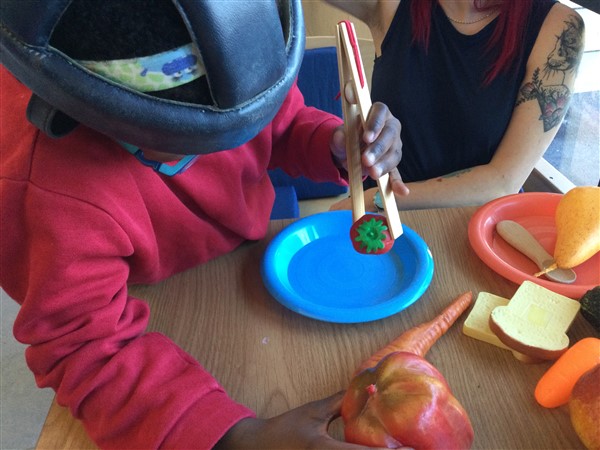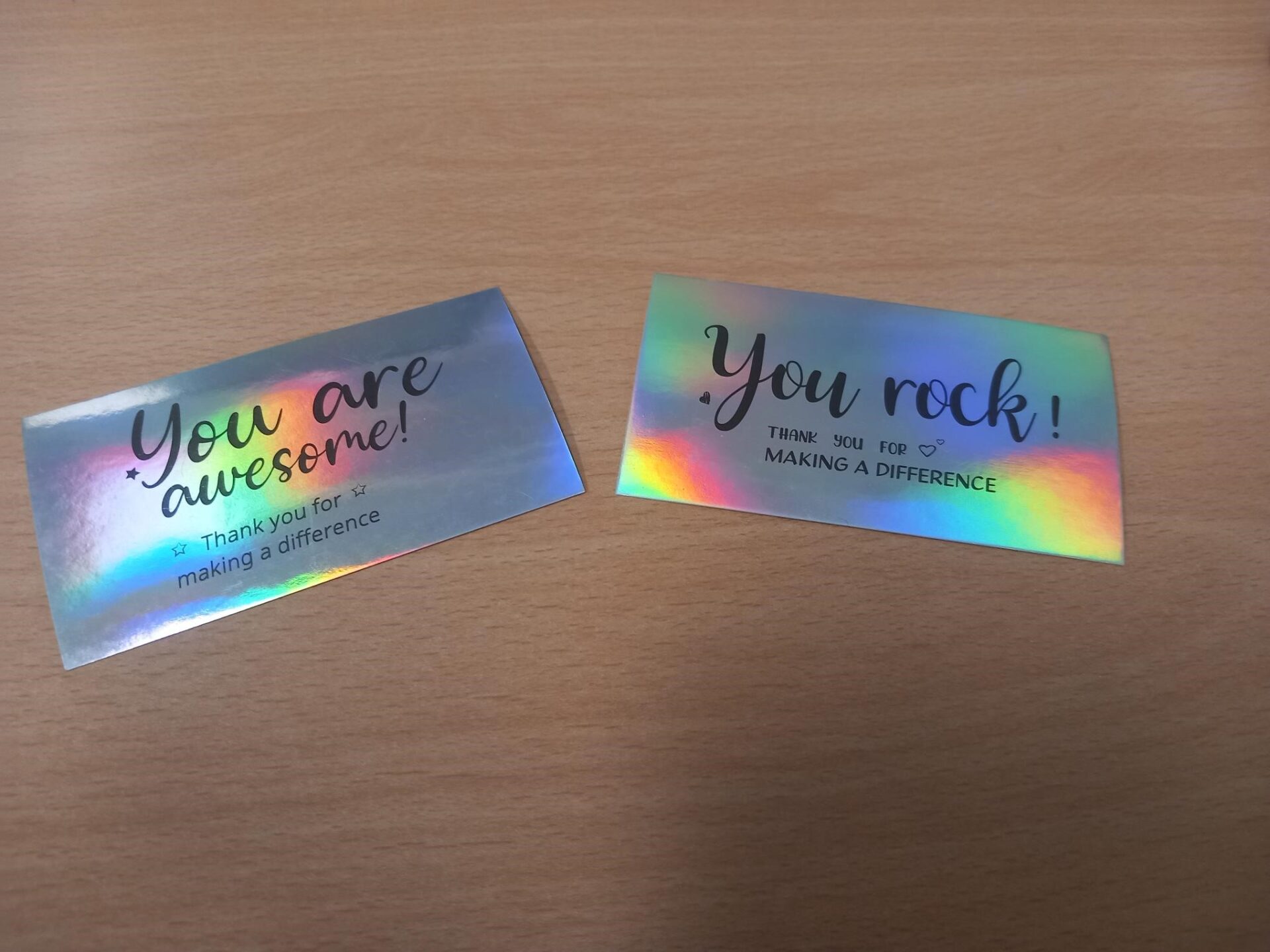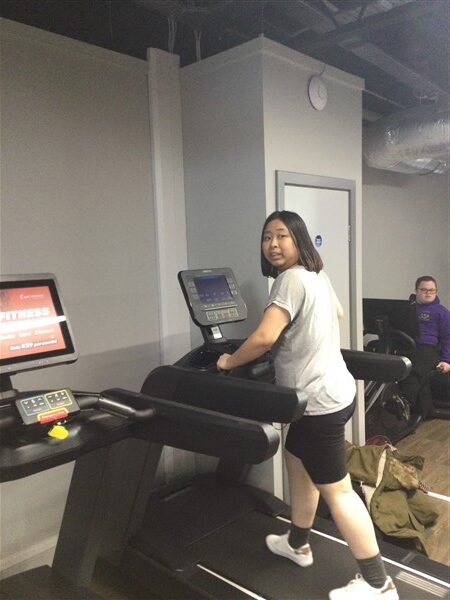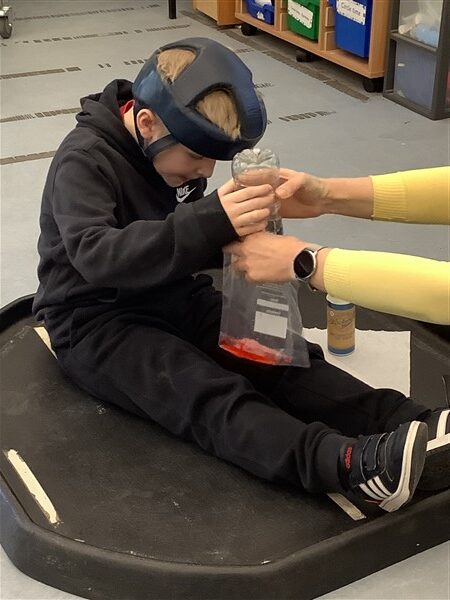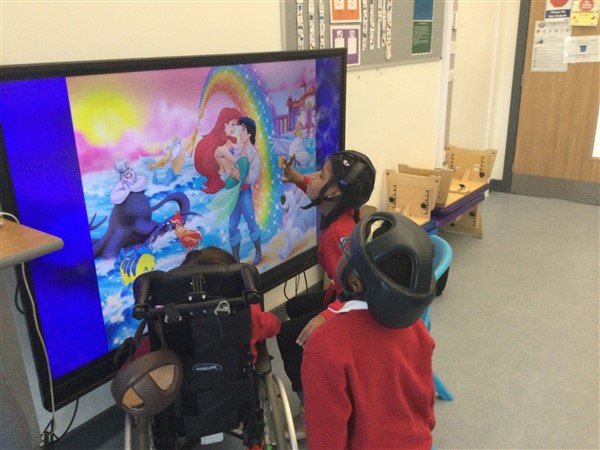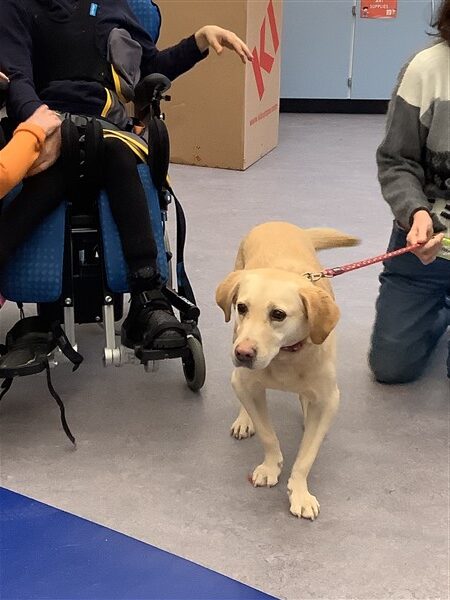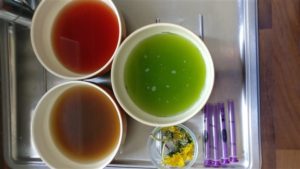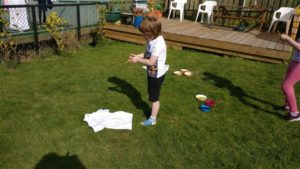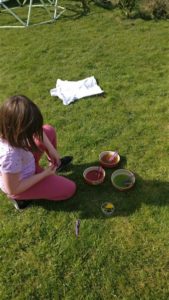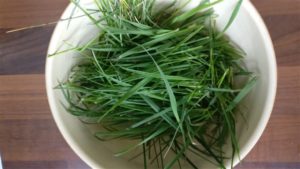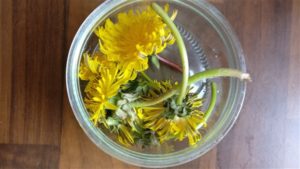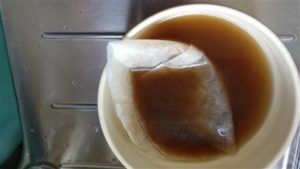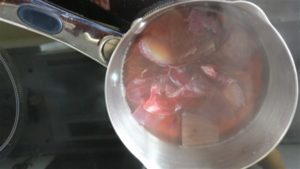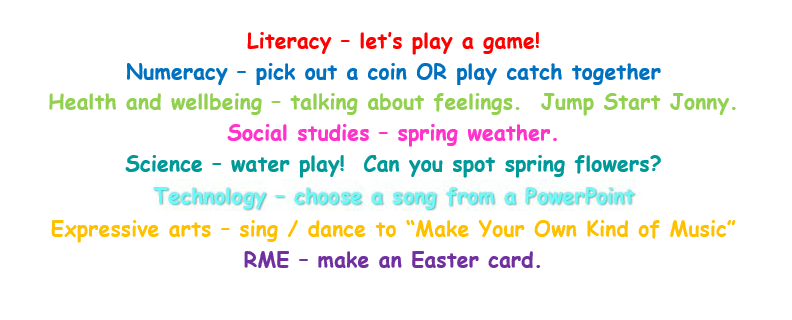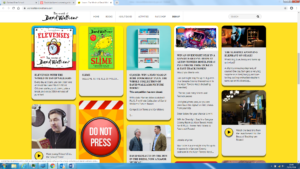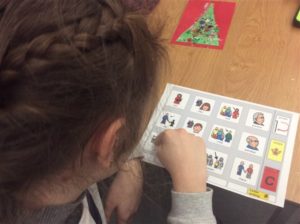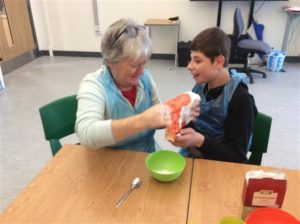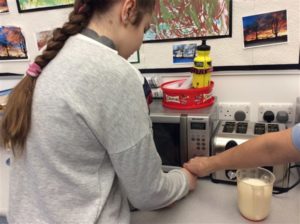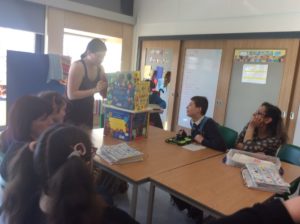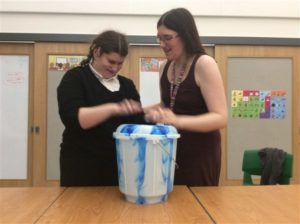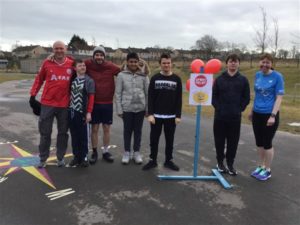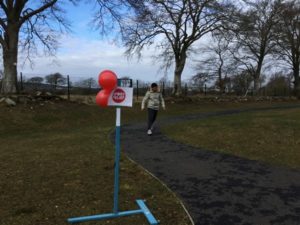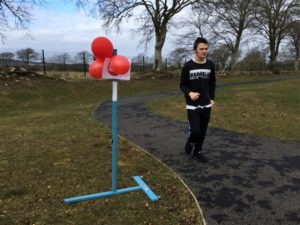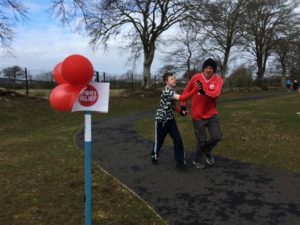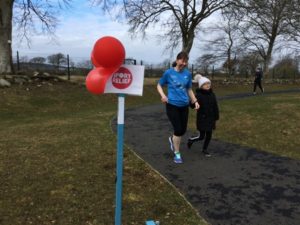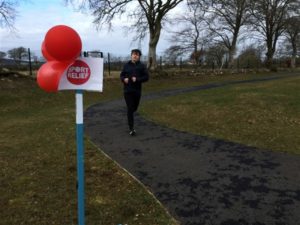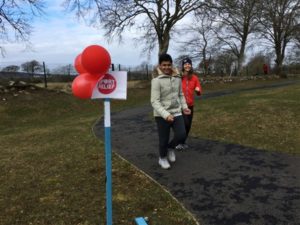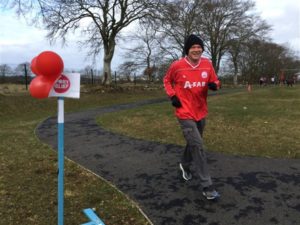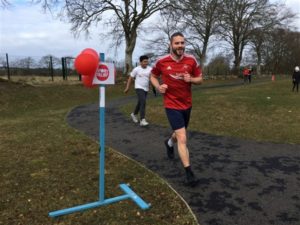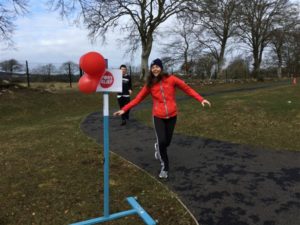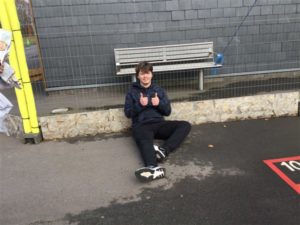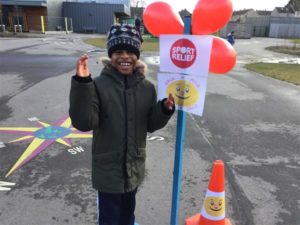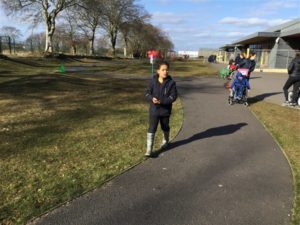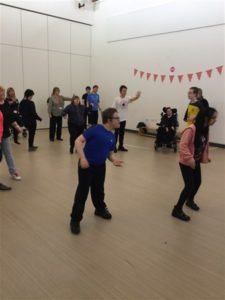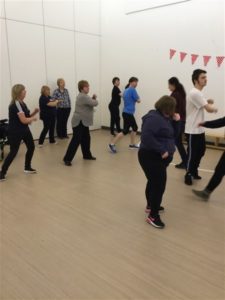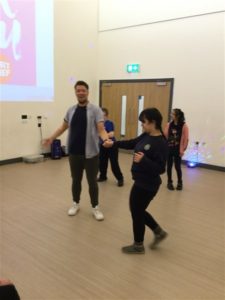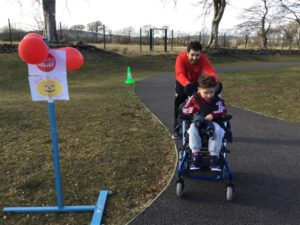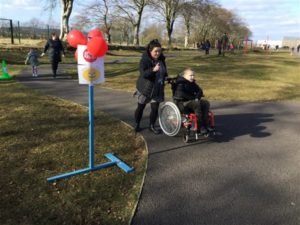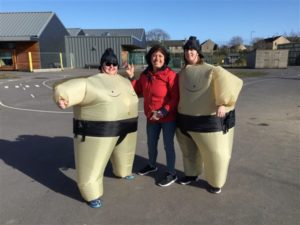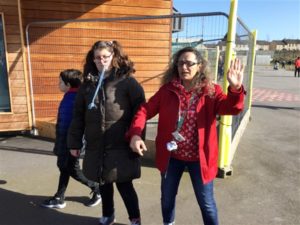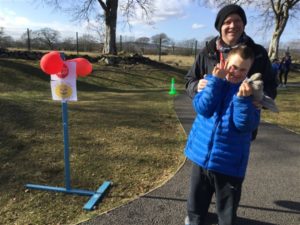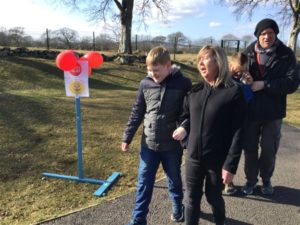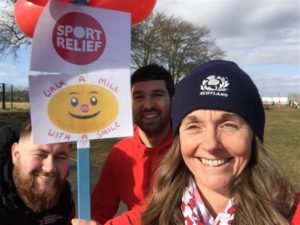Secondary Update
School closure activities for Room 15 – Week Four
Thanks to Amanda for sharing her activities this week! Below are some ideas for families wanting to do “school” activities with their children – if any of these ideas look good to you, give them a go! Equally, if this isn’t what your child is needing just now please don’t put pressure on yourself or them to complete this. It’s also great to take more time on a previous week’s activities if your child is benefiting from those. Let me know if you have any particular learning requests for future weeks.
This week has LOTS of ideas – please don’t worry about fitting everything in, please do what works for you and your child.
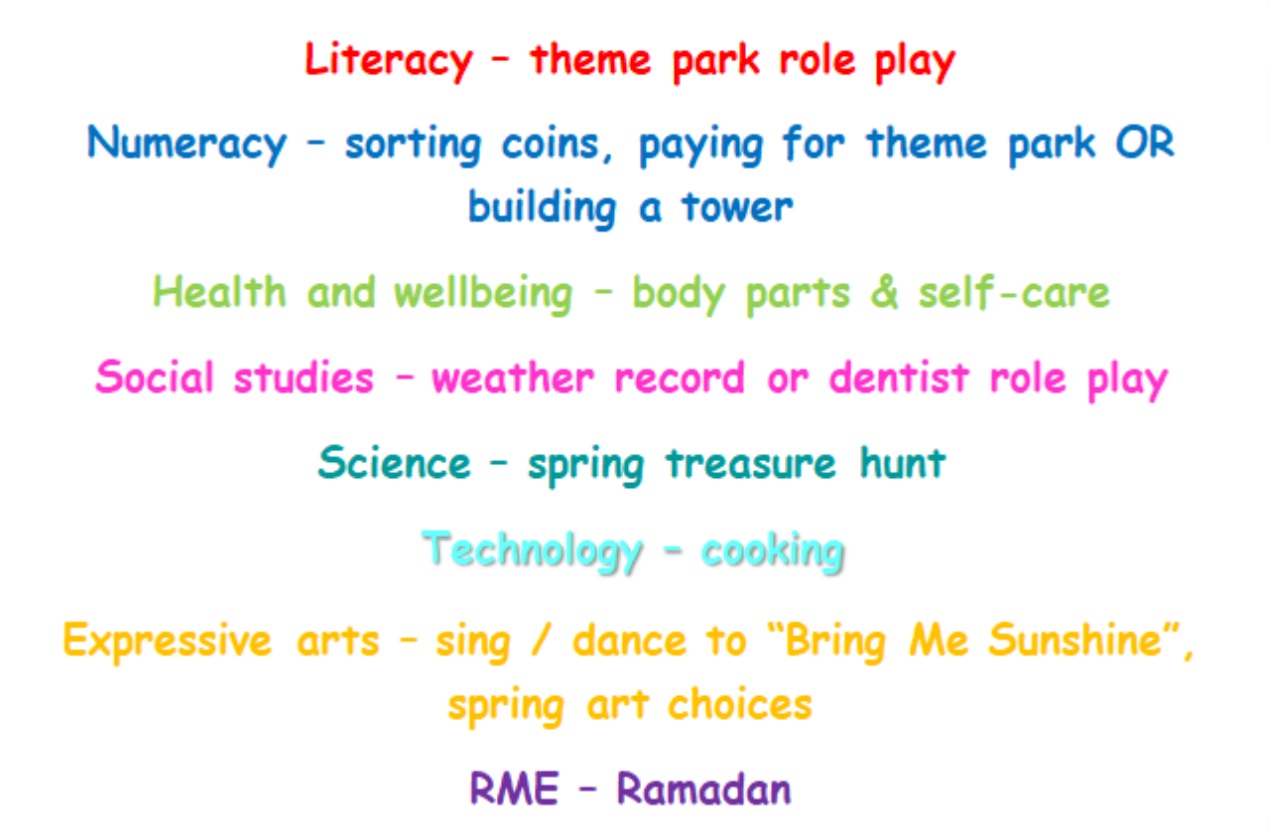
Literacy – Theme park
This is an activity we do in class to work on communication skills without even realising it! You’ll need our theme park PowerPoint (https://bit.ly/2S8rOUR – please download for best use) and you might want to add to the experience with props at home – maybe a water spray for the water slide, use a garden swing for the pirate ship, you could even create your own rides – bubble boat ride? You choose! A wee video with how to do this activity is here https://bit.ly/3ax4IgP How does this build communication skills? We can talk about:
· I like it!
· I don’t like it!
· Scary! / I’m scared!
· Exciting! / I’m excited!
· Faster!
· Slow down!
· Help!!!
· Let’s do it again! / Do it again?
· Do something different?
· More?
· What’s next?
· You choose a ride.
· Oops! You’re wet!
· Finished?
And many more!
Please remember that as we model with our child’s communication device (e.g. PODD, PIXON, TouchChat) that the device should not be taken away from the child.
Numeracy and mathematics – Applying money skills
For those who have been learning to recognise a coin, we’re going to apply that skill in two ways this week.
First – sorting. You’ll need two places to sort coins into, it might be two boxes, it might be two sheets of paper on a table or the floor, or it might be two cereal bowls – absolutely anything! More confident learners might work with lots of different coins, those building their confidence might work with two different coins to sort. Ask your child to sort the coins – the one they have been learning to recognise into one container, the other coin(s) into the other – you will probably need to show them what to do the first few times. Some learners who are not yet working at the level of recognising a coin might still choose to do this activity looking at “same” and “different”.
Second – add coin skills to the theme park activity (see literacy, above). Each ride costs the coin your child has been learning to recognise. Provide your child with a container (purse, food tub, envelope, anything!) with several coins. If your child has become very confident with recognising a coin you could put lots of different coins into the container, if your child is still learning to recognise their coin then perhaps just a few of the coin they are learning to recognise and a few of a very different looking coin. Ask your child to find the coin they are working on each time they want to access a theme park “ride”. If you’re wanting to expand this, you could have items for sale at the theme park – snacks, bubbles, light up toys – or you could add additional rides (there are some great videos online, just check them first so you know what to expect and there isn’t anything too scary!).
Alternative option (for learners not using coins): Let’s build a tower
Use any items you have at home for this – they don’t have to be building blocks! Using different items helps us to understand shapes and their properties – brick shapes are useful for towers, balls are not! We might count how many bricks we have, we might focus only on communicating “more” or “all gone” when it falls down.
Health and wellbeing – body parts & self-care
Body parts – https://bit.ly/3cM9h8G will take you to some of the songs we use to practice finding body parts. Can you find the body parts mentioned in the song? Can you use your communication system to label body parts?
Self-care – What makes you happy? During a stressful time such as this, it’s even more important that we look after ourselves. Can we share with others what we would like to do? Can we communicate how we feel afterwards?
For physical movement this week, you might want to try some yoga (https://www.youtube.com/watch?v=Rzw-Oir8UPw – this one continues our theme park theme for this week).
Social studies – weather record or job role play
Weather – we looked at the weather in weeks one and two – let’s link it to our work on the season by keeping a note of the weather for a longer period (it can be more than a week if you’d like) to help us build our understanding of a season as a longer unit of time. You might record the weather with symbols, sensory resources (e.g. smooth / shiny materials for sunny, cotton wool clouds, sponge for rain, folded paper fan for wind) or with photographs of yourself in the different weathers. A simple chart and symbols can be found here: https://bit.ly/3aKT5Dr Can you use your communication device to share what the weather is today? Where is the sun? How long is the sun in the sky for?
Job role play – as part of our ASDAN work we have explored lots of different jobs through role play. I’m sharing with families some resources for role-playing a dentist, but you might prefer to role play a job that a friend or family member does (or has done in the past). Some learners will be learning what a dentist does, others might explore sensory resources such as toothpaste, toothbrushes, mouthwash (if they won’t swallow it!), or mirrors to look at their teeth. Through this we get to experience different roles people in our communities have and how they can help us. Resources: dentist PowerPoint (download for best use) here: https://bit.ly/3bQUzwU and Makaton signs about the dentist here: https://bit.ly/2Y62t1z
Technology – cooking!
It’s been a while since we did any food technology, so this week I’m sharing a few ideas for easy recipes to try at home. These are symbol supported recipes – no quantities are mentioned, just the
actions, but I promise you can’t go too wrong! Your child might focus on one part of this activity – perhaps washing their hands, perhaps wearing an apron, perhaps mixing skills or knife skills, perhaps safety. If your child will get more from the activity by focussing on one element, please do spend time on that!
(I’m sharing several recipes so you can choose (or your child can choose) which one looks best, you don’t have to do all of them!)
Recipes: Coleslaw: https://bit.ly/35d9m2D Guacamole: https://bit.ly/2Y2RJ49 Strawberry smoothie: https://bit.ly/3bGQQ51 Vegetable wedges: https://bit.ly/2KyI8Ka
Science – spring “treasure” hunt
Can you find each item from the worksheet (https://bit.ly/3aKUfPj )? For any you might not be able to find in or around your homes, fear not – I’ve put together a document with pictures of each item (https://bit.ly/2Y8tAcb ). Equally you might have toy animals at home or perhaps you could use your art work this week?
Sensory play – flower ice
Freeze some flowers in ice and enjoy melting the ice together to get to the flowers and splashing in the water once the ice has melted!
Expressive Arts
Can you sing / sign along to “Bring Me Sunshine”? https://www.youtube.com/watch?v=wmOPSpIDIKY&list=PLjT4XhijakZjgDSblHxgYBiN4R9V2BZnA&index=6&t=0s Can you dance along? Can you add your own music?
Spring art – can you choose one of the projects on the worksheet (https://bit.ly/3bFA3PR) to try at home? (If you don’t have any paints at home, you might want to try an online recipe for making your own, or you can leave this option out)
RME
Ramadan has recently started, so let’s explore things with links to Ramadan.
An interactive colouring activity can be found by logging in to TwinklGo (https://www.twinkl.co.uk/go/sign-in ) and using the code PU7192.
Muslims often break their fast by eating dates – can you try a date (or other dried fruit such as raisins if you don’t have dates). Do you like it? Can you share the fruit out to your family?
(Note for health needs – dates are very healthy in many ways, but for anyone watching blood sugar you might want to check how dates fit into your diet plan!)
Sensory Story
In other news, one of our pupils has been having fun at home with his brother, making Sensory Stories. Here is one that they have given permission for us to share:
http://pamis.org.uk/news/news/a-visit-to-the-zoo-by-shehzad-ahmad-to-share-with-his-brother-waleed/
It’s lovely to see how creative everyone is being and the different ways we’re finding to pass time and have fun!





